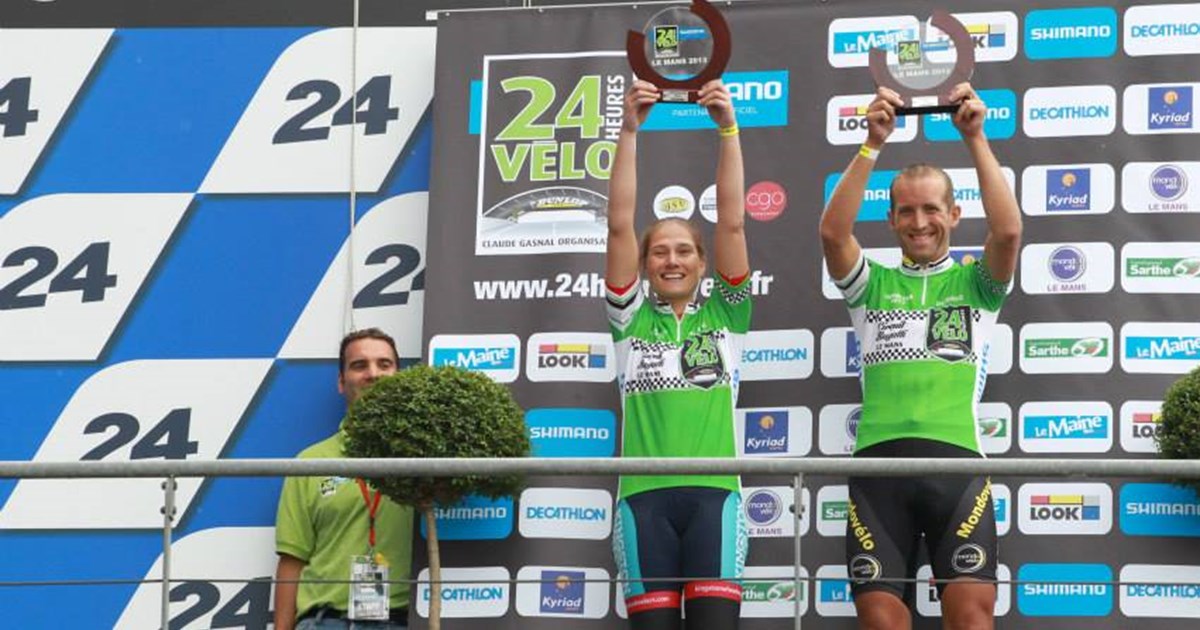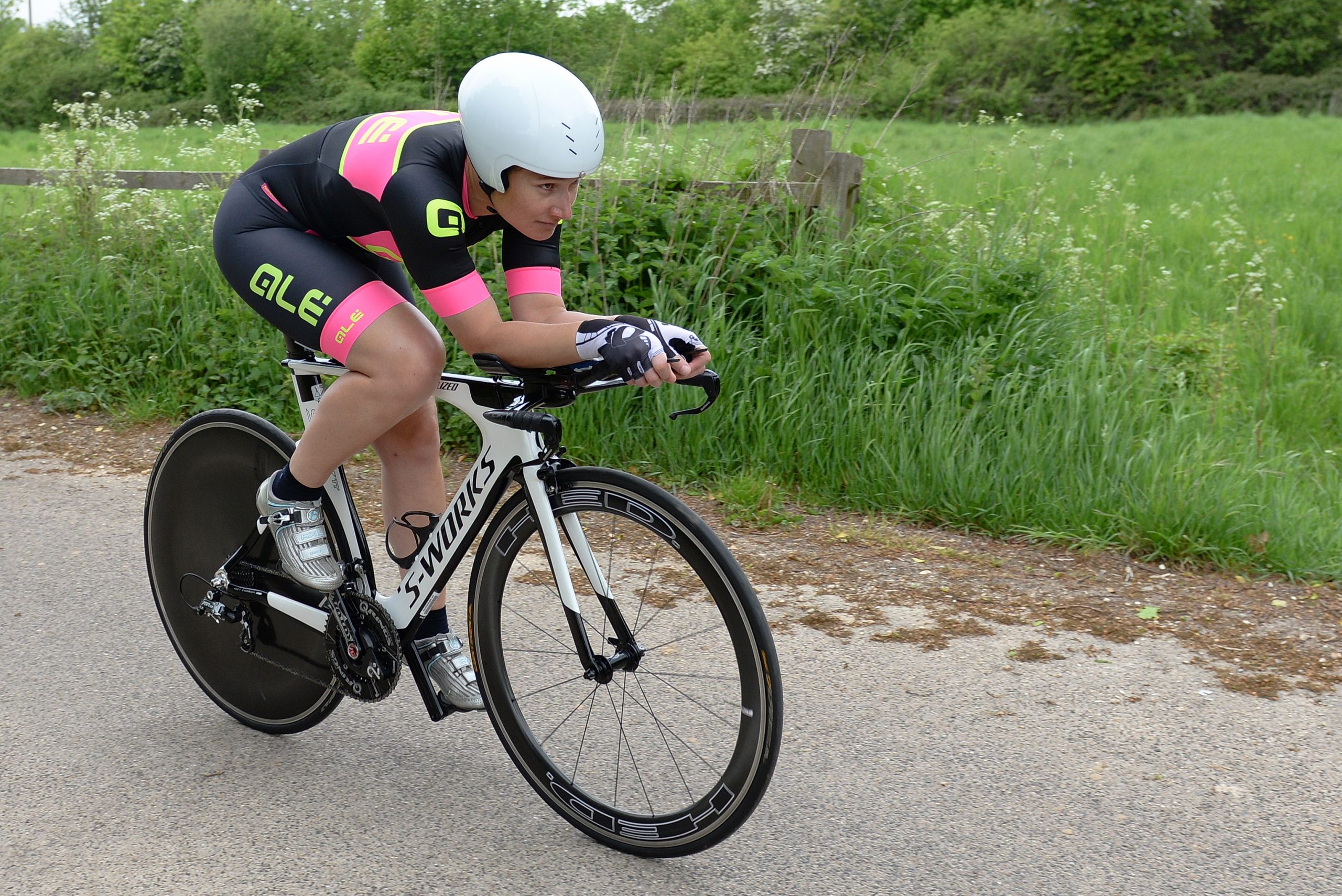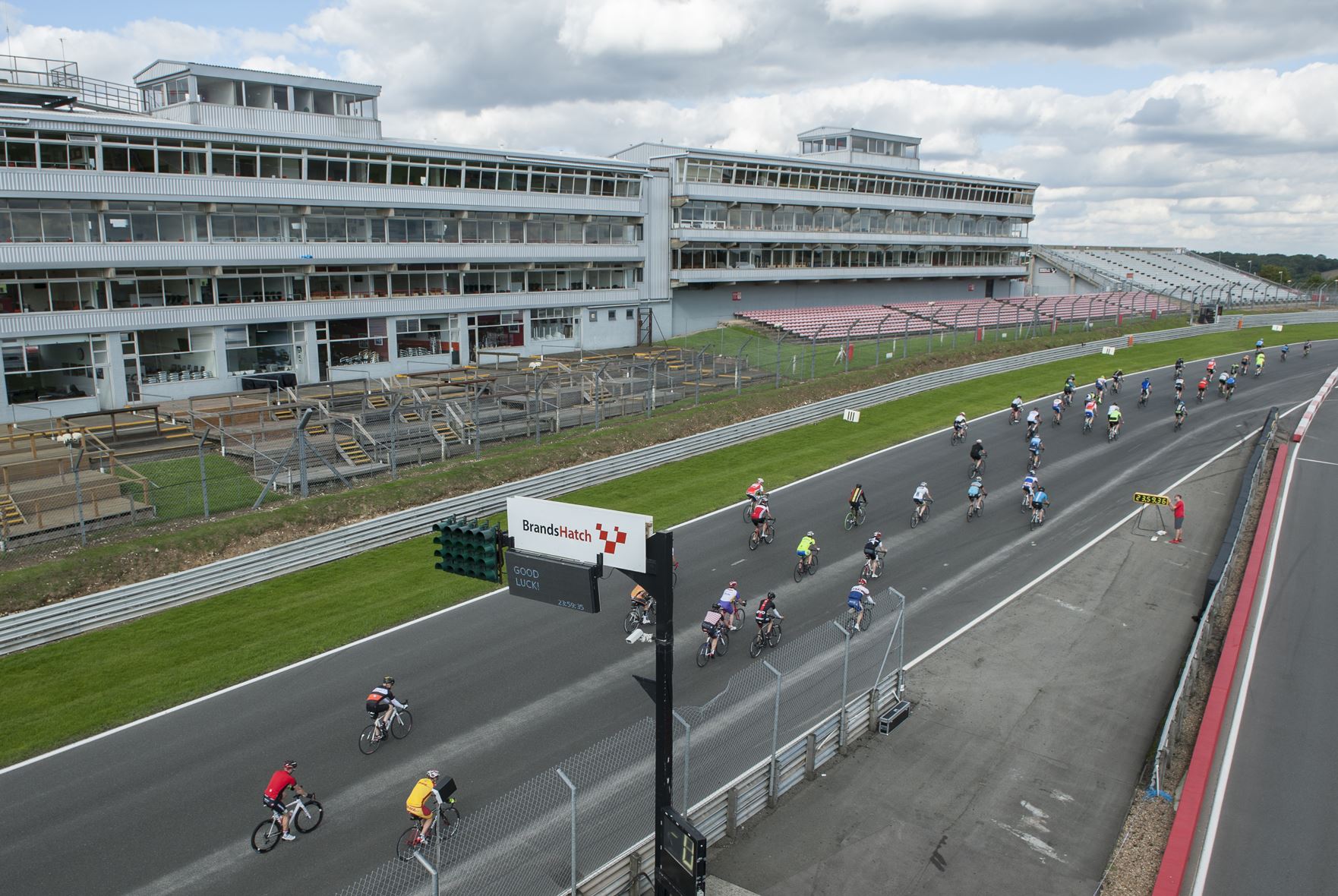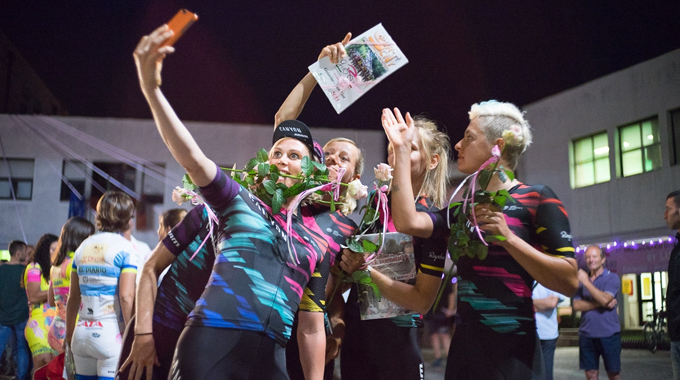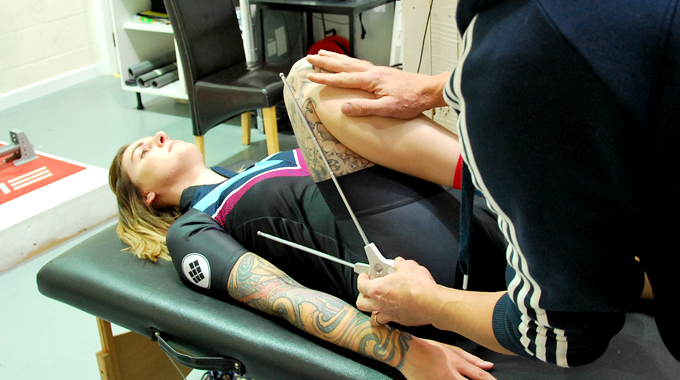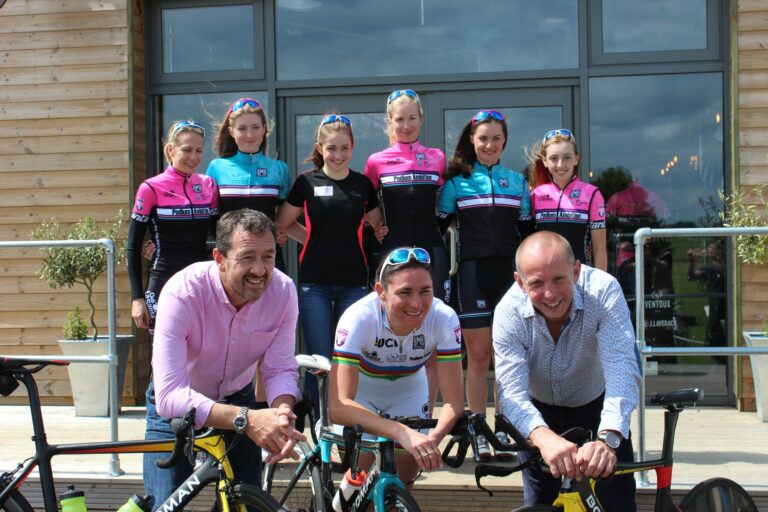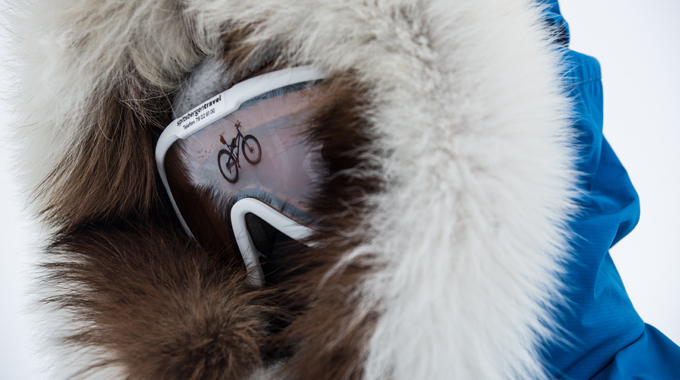TWC: You did exceptionally well on your very first 24 hour ride – tell us a bit about it…
Jasmijn: My first 24-hour event was Le Mans Velo 24 Hr in August 2013. I had done a few longer rides with my cycling club, but never on my own and nothing much beyond 100 or 150 miles. As part of my preparations I decided to enter a 12-hour time trial. I did surprisingly well and almost broke my cycling club’s men’s club record in the process, all just on a road bike. Having done the 12-hour gave me the confidence my legs would keep going.
My strategy for Le Mans Velo had been to ride at my own pace, but it was just too tempting early on in the event to join in with the faster relay riders. All that sprinting out of corners and going ‘into the red’ up the climb eventually caught up with me. I then adjusted to riding at my own pace, which worked much better. With 2.5 hours to go the organiser told me that if I wanted to stop I could as I was that far ahead of the next solo woman she would not be able to catch up with me anymore. In the end, I cycled 420 miles, won the solo women’s race and would have placed 10th in the men’s solo race.
You’ve clearly been bitten by the bug, what do you enjoy so much about endurance events?
“It enables me to discover strengths within myself I didn’t know I had.”
The thing that drives me and what appeals to me in endurance events which really test your physical and mental limits is overcoming challenges. To be able to finish and feel a great sense of achievement and pride in not giving up when things got difficult. Whereas a 10-mile time trial can give me a short buzz, finishing a hard long-distance event gives me a deeper sense of happiness that lasts way beyond the event. It enables me to discover strengths within myself I didn’t know I had. And it allows me to draw lessons that are applicable to other areas of my life beyond cycling. It is a slippery slope too – as I now find myself looking for increasingly longer challenges.
We expect the normal 5 x 5 minute or 10 x 1 minute efforts don’t cut it for 24 hour events. What sort of training sessions do you do to prepare yourself for long efforts?
In terms of physical training, the longer you can sustain a higher percentage of your functional threshold power [the power can you produce for an hour], the more likely you are to do well. Indoors on the turbo, I would generally start with a certain percentage of FTP that I would want to be able to hold and then slowly extend the time. For example, holding that power for 1 hour to start with and working my way up to maybe being able to hold that for up to 4 hours a few months later. Outdoors, I tend to work the other way around. I first extend the distance to see if I am capable and comfortable with longer distances and then try to increase the intensity.
[Ed note: If you don’t have a power meter, you can use heart rate, or even ride on feel – start with a ‘perceived exertion’ you can hold for an hour, and work towards holding it for longer].
How do you train yourself to withstand sleep deprivation?
Sleep is very personal. Some people need more than others. Some perform better on little sleep than others. It doesn’t happen that regularly, but my job as a consultant is deadline driven. From time to time when I simply have too many deadlines to meet I work through the night. I try to tell myself that those long working hours are at least somehow beneficial to my endurance cycling goals!
In all seriousness though, I think that everyone can manage a 24-hour challenge without sleep. Experience from ultra-endurance events like Race Across America or a non-stop LEJOG record attempt show that it is once you need to continue for the second or third night without sleep that everything becomes much more difficult.
Caffeine definitely helps. I don’t usually drink coffee, so any caffeine gels I take during longer rides and races really seem to have quite a strong impact for me. The other, and possibly most important, thing is to make sure you have built-up a sleep reserve over several days prior to the event and catch up on sleep again in the week after. Closing your eyes for a few seconds or minutes can already help a lot of with sleep deprivation, but this is obviously best done when you are not actually pedalling!


